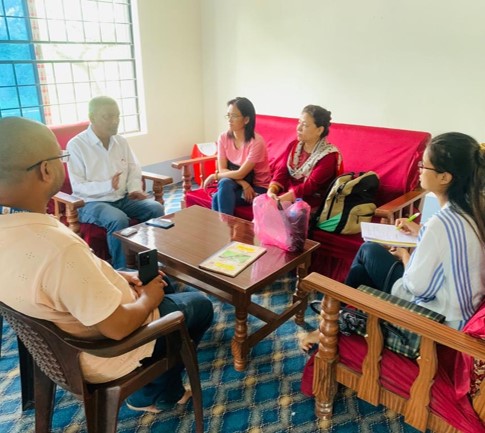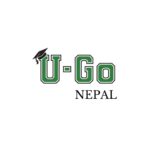Scholarship Program for Higher Education
Education transforms lives, yet many young girls in Nepal face barriers that hinder their access to higher education.
To bridge this gap, our Girls Scholarship Program for Higher Education is dedicated to empowering underprivileged girls by providing them with the resources and opportunities they need to achieve academic and professional success.

Eligibility
General Subjects
- Open to all young women in Nepal pursuing undergraduate courses (e.g., B.A., BEd, BBS, BSc) who have secured a B grade or above in both 10th and 12th grades.
- Applicants must be from economically and socially disadvantaged families, with an annual family income of less than INR 2 lakh from all sources.
- Priority will be given to applicants from marginalized, Dalit, and socially excluded castes and groups, single mothers, and families of martyrs and individuals with disabilities.
Technical Subjects
- Open to all young women in Nepal pursuing undergraduate courses (e.g., B.Sc. Nursing, BPH, BBM, B Pharmacy, Engineering, BCA, BBM, Bachelor in IT, B.Sc. CSIT, BBA) who have secured at least 70% marks in both 10th and 12th grades.
- Applicants must be from economically and socially disadvantaged families, with an annual family income of less than INR 2 lakh from all sources.
- Priority will be given to applicants from marginalized, Dalit, and socially excluded castes and groups, single mothers, and families of martyrs and individuals with disabilities.
Applicants are required to be from these districts.
Koshi Province: Udayapur, Taplejung, Sunsari, Morang
Madesh Province: Rautahat, Siraha, Saptari, Mahottari, Sarlahi, Bara,
Parsa, Dhanusa
Bagmati Province: Chitwan, Kathmandu, and Dhading
Gandaki Province: Parbat
Lumbini Province: Banke, Bardiya, Dang, Nawalparasi, Rupandehi, Palpa, Rolpa, and Rukum
Sudurpashchim Province: Kanchanpur
Commitment
To be considered for the program, applicants must pledge to study and complete the course without taking any breaks.
SELECTION CRITERIA
Our scholarship program selects candidates based on academic potential, financial need, and the ability to overcome social barriers, addressing the unique challenges girls face in pursuing higher education.
1. Financial Need
- Assessment of the candidate's family income and economic background to identify genuine financial needs.
-
Consideration of any exceptional financial hardships or constraints that may impede the candidate's pursuit of higher education.
2. Geographic Accessibility
- Recognition of candidates from remote areas where educational opportunities may be limited.
- Evaluation of the availability of colleges in the candidate's district and consideration of potential relocation to urban centers if necessary.
3. Commitment to Education
- Evaluation of the candidate's academic performance and commitment to education, considering potential obstacles faced in their educational journey.
- Assessment of any interruptions in education, understanding that socio-economic factors may have led to gaps in formal education.
4. Social Barriers
- Identification of candidates facing social barriers such as gender-based violence, early marriage, or societal norms restricting educational pursuits.
- Recognition of the candidate's determination to overcome societal expectations and contribute to breaking down gender disparities.
5. Intent for Higher Education
- Assessment of the candidate's genuine interest and intent to pursue higher education, particularly at the university level.
- Recognition of the candidate's long-term goals and aspirations, emphasizing the importance of higher education in achieving those goals.
6. Community Impact:
- Consideration of the potential impact the candidate's education might have on their community and region.
- Recognition of candidates who have demonstrated a commitment to community service or have the potential to contribute meaningfully to societal development.
7. Logistical Support:
- Identification of candidates who may face challenges in accessing higher education due to the lack of educational infrastructure in their areas.
- Willingness to provide additional support, including logistical assistance and accommodation, to ensure candidates can overcome geographical barriers.
8. Diversity and Inclusivity
- Emphasis on selecting candidates from diverse backgrounds, including different ethnicities, castes, and regions.
- Commitment to promoting inclusivity and breaking down systemic barriers that contribute to gender disparities in education.



Views: 2914



